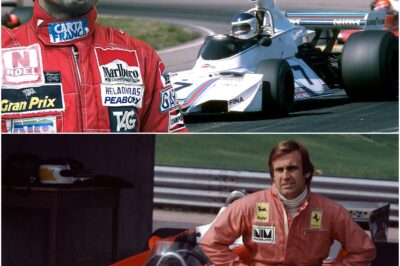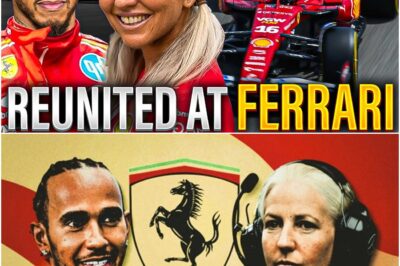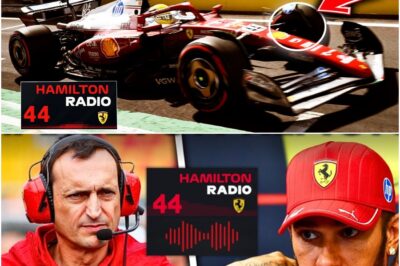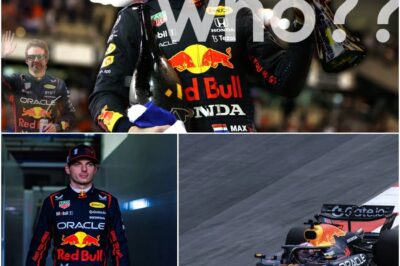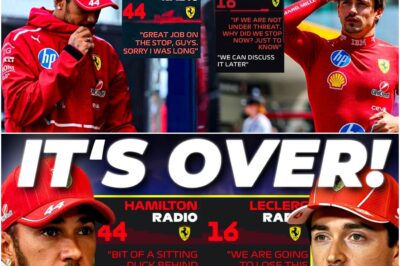In the high-octane world of Formula 1, where every millisecond is fought for and team dynamics are as complex as the engineering behind the cars, McLaren has made a bold and electrifying declaration: let them race. This simple yet profound philosophy, unleashing their two prodigious talents, Lando Norris and Oscar Piastri, to compete freely without the restraining leash of team orders, has sent ripples of excitement and apprehension through the paddock. It is a strategy born from a newfound financial confidence, a thirst for sporting spectacle, and a calculated risk that walks the fine line between a masterstroke of management and a potential catalyst for internal combustion.
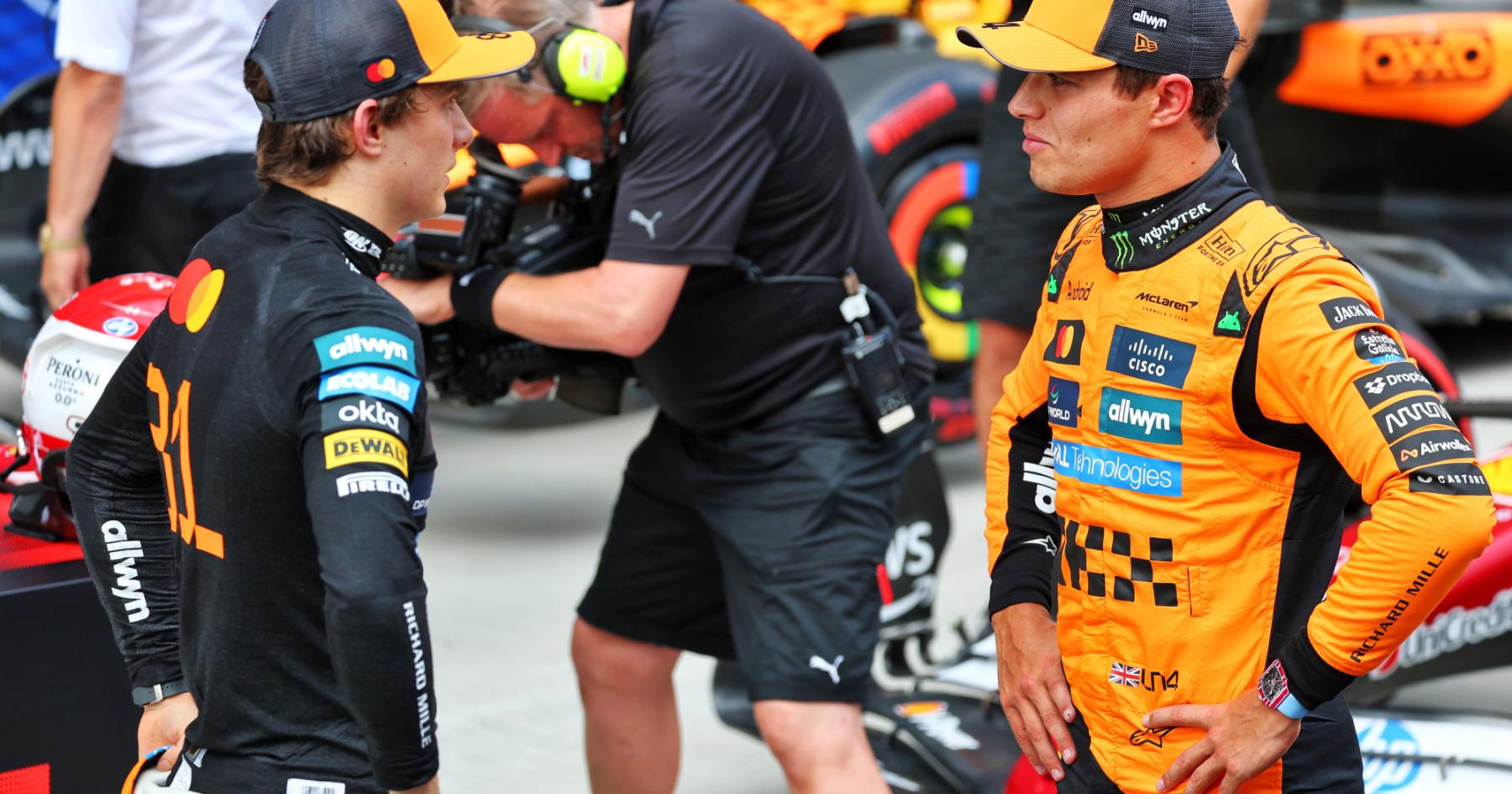
For years, Formula 1 has often been criticized for predictable races dominated by team strategies that prioritize constructors’ points over raw, wheel-to-wheel driver battles. The sight of a faster driver being held back to protect a teammate’s position has left fans yearning for the gladiatorial contests of yesteryear. McLaren, under the ambitious leadership of CEO Zak Brown, has decided to answer that call. The message from the Woking headquarters is clear: the responsibility for the outcome of the race now rests squarely on the shoulders of Norris and Piastri. This hands-off approach is not merely a sporting decision; it is a meticulously crafted strategy deeply rooted in the team’s dramatic financial turnaround and its overarching commercial ambitions.
The foundation of this daring policy is McLaren’s robust financial health, a stark contrast to the precarious situation the team found itself in just a few years ago. A landmark sponsorship deal, reportedly worth a staggering $100 million a year with Mastercard, has infused the team with the capital and confidence to prioritize long-term brand value over short-term, risk-averse tactics. Keeping both of their star drivers happy, motivated, and performing at their peak is now viewed as a financially prudent move. A harmonious yet fiercely competitive driver pairing enhances McLaren’s image, attracts more sponsors, and ultimately, bolsters the balance sheet. The ultimate goal is to consistently win the Constructors’ Championship, and the team believes that fostering an environment of pure competition is the most effective way to maximize points, regardless of which driver ultimately claims the individual glory.
This strategy is also a masterclass in public relations and sporting optics. By allowing Norris and Piastri to engage in genuine battles, McLaren is providing the kind of edge-of-your-seat entertainment that modern Formula 1 craves. It creates compelling narratives, fuels fan debates, and has the potential to keep the championship fight alive until the final races of the season—a welcome departure from the single-driver dominance that has characterized recent championships. It is a spectacle, and in the modern era of sports entertainment, spectacle sells.

However, this neutrality is not unconditional. The team has subtly outlined a framework within which this freedom operates. The “let them race” doctrine is sustainable only as long as three key conditions are met. First, the car must remain supremely competitive. When a team has a clear advantage over the rest of the field, it can afford the luxury of internal competition. Second, the drivers must, for the most part, avoid contact. While minor clashes and wheel-banging are an expected part of hard racing, a catastrophic collision that takes both cars out of a race would immediately trigger a strategic rethink. Third, the points gap between Norris and Piastri must remain tight. If one driver establishes a significant and mathematically viable lead in the championship standings, the team’s logic may shift to protect that driver’s title bid, forcing the other into a supporting role. Should any of these conditions falter, McLaren’s “polite company tone” could swiftly evaporate.
For now, both Lando Norris and Oscar Piastri are perfectly aligned with the team’s public narrative. They speak of fairness, mutual respect, and the individual’s responsibility to deliver results. Piastri, known for his cool and analytical demeanor, has downplayed past on-track flashpoints, while Norris, the team’s established star, has publicly stated his preference for winning on merit rather than through team-ordered assistance. This projects an image of mature confidence that reassures sponsors and fans alike that their on-track duels will remain respectful.
This carefully managed harmony is a far cry from one of the most infamous intra-team rivalries in motorsport history, which coincidentally also unfolded at McLaren. The legendary and venomous battle between Ayrton Senna and Alain Prost in 1988 serves as a powerful historical precedent. With a car far superior to any other on the grid, Senna and Prost pushed each other to extraordinary new heights, but their relationship disintegrated into open warfare, creating a toxic environment that threatened to tear the team apart. While Norris and Piastri currently share a remarkably friendly and professional relationship, the intense pressures of a championship fight have a way of eroding even the strongest bonds. The history of Formula 1 is littered with friendships that fractured under the weight of ambition.
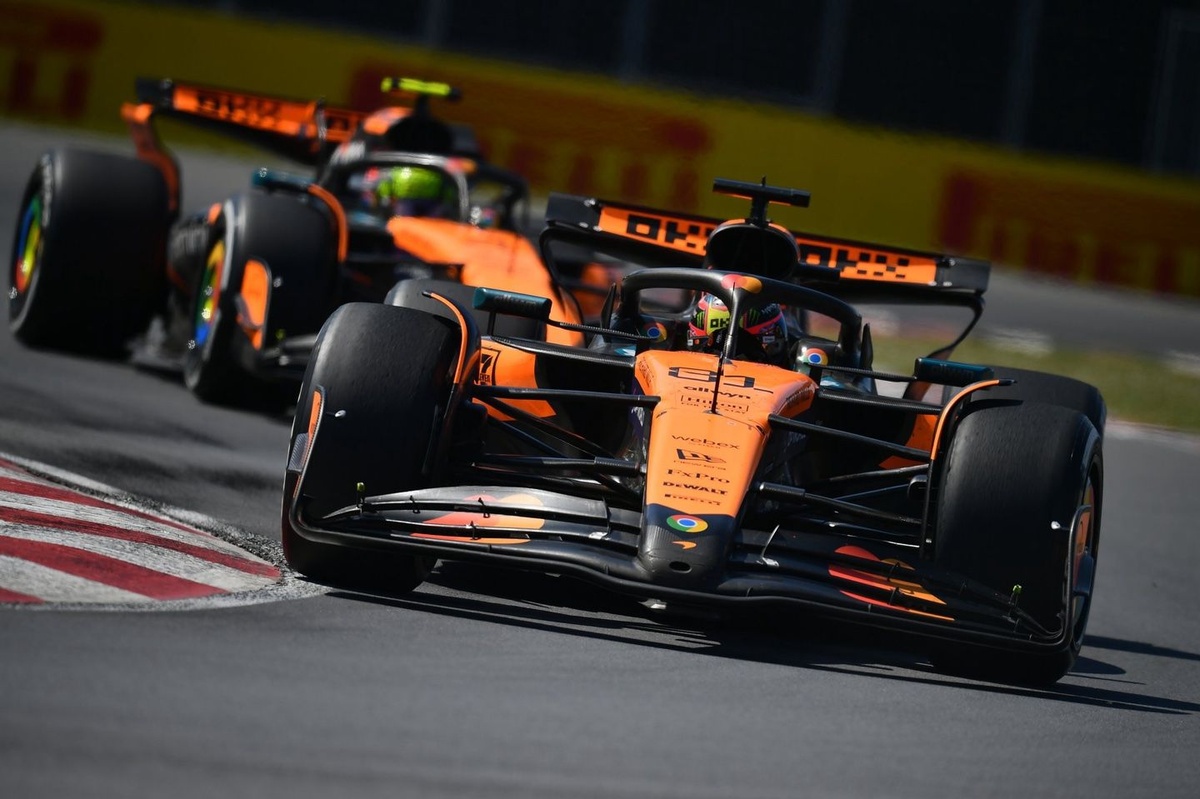
The real test for McLaren’s strategy may lie on the horizon, with the massive technical regulation changes scheduled for 2026. This reset could shuffle the competitive order, introducing a new level of chaos and unpredictability. If McLaren finds itself in a tighter battle with other teams, the luxury of allowing its drivers to take points off each other may become untenable. Furthermore, the strain of adapting to a new car and the pressure to maintain a competitive edge could amplify any underlying tensions between the drivers.
Fans and pundits will be watching for subtle indicators that the team’s dynamic might be shifting. A change in the tone of team radio messages from encouragement to instruction, a consistent pattern of one driver receiving a strategic advantage in qualifying, a disproportionate amount of sponsor screen time for one driver over the other—all could be signs that the unwritten rules of engagement are being redrawn.
Zak Brown’s leadership is central to this entire endeavor. He is not just managing a racing team; he is building a legacy. His ambition is to restore McLaren to the pinnacle of motorsport, creating an era of dominance that could rival or even surpass the golden years under Ron Dennis. This “let them race” strategy is a cornerstone of his vision—a McLaren that is not only successful but also thrilling, a team that champions the spirit of racing in its purest form. It is a bold, forward-thinking approach, but one that is fraught with peril. The line between healthy competition and destructive rivalry is razor-thin. For now, McLaren is expertly navigating this tightrope, delivering a compelling show for the world while chasing motorsport’s ultimate prize. But as the stakes get higher and the pressure mounts, the question remains: how long can this fragile peace last before the competitive instincts of two of the world’s best drivers lead to an inevitable explosion?
News
The F1 Driver Who Defied Team Orders and Changed the Course of Motorsport Forever This is the story of how one rebellious move on the track transformed the career of an F1 driver. Ignoring team orders, they set a new precedent in motorsport. It’s a move that shook the sport and led to a legendary status. You won’t want to miss this incredible journey.
Carlos Rootman: The F1 Driver Who Ignored Team Orders and Became a Legend In the world of Formula 1, team…
In a surprising twist, Lewis Hamilton and Angela Cullen have reunited at Ferrari. What does this mean for both their futures and Ferrari’s plans? Fans are buzzing with curiosity about how this partnership will unfold. There are many questions, but one thing is clear—this could be a pivotal moment.
he Surprising Reunion of Angela Cullen and Lewis Hamilton at Ferrari: What Does It Mean for Their Future? When Lewis…
Hamilton’s Shocking Radio Message After Monza GP Leaves Engineers Speechless: What Did He Say That Took Everyone By Surprise?
The Radio Message that Could Change Everything for Ferrari and Hamilton Monza, the iconic Italian Grand Prix, has always been…
Max Verstappen has completely reshaped the world of Formula 1, but what if he was never part of the sport? What would the competition look like today without his remarkable skill, talent, and dominance on the track? The answer might surprise you.
The World Without Max Verstappen: A Formula 1 Reimagined Max Verstappen is undeniably one of the most electrifying talents to…
Max Verstappen Continues His Unstoppable Run, Leaving McLaren’s Controversial Team Orders in the Spotlight!
Max Verstappen’s Unstoppable Victory at the Italian Grand Prix Amid McLaren’s Controversial Team Orders In what was one of the…
Hamilton and Leclerc are absolutely furious after a leaked radio conversation from Ferrari at the Monza GP sent shockwaves through the paddock. The contents of the conversation have raised questions about the team’s decisions during the race. What was Ferrari hiding, and why were the drivers so upset?
Ferrari’s Monza Heartache: A Battle Between Potential and Frustration The 2025 Formula 1 season has been marked by excitement, unexpected…
End of content
No more pages to load

